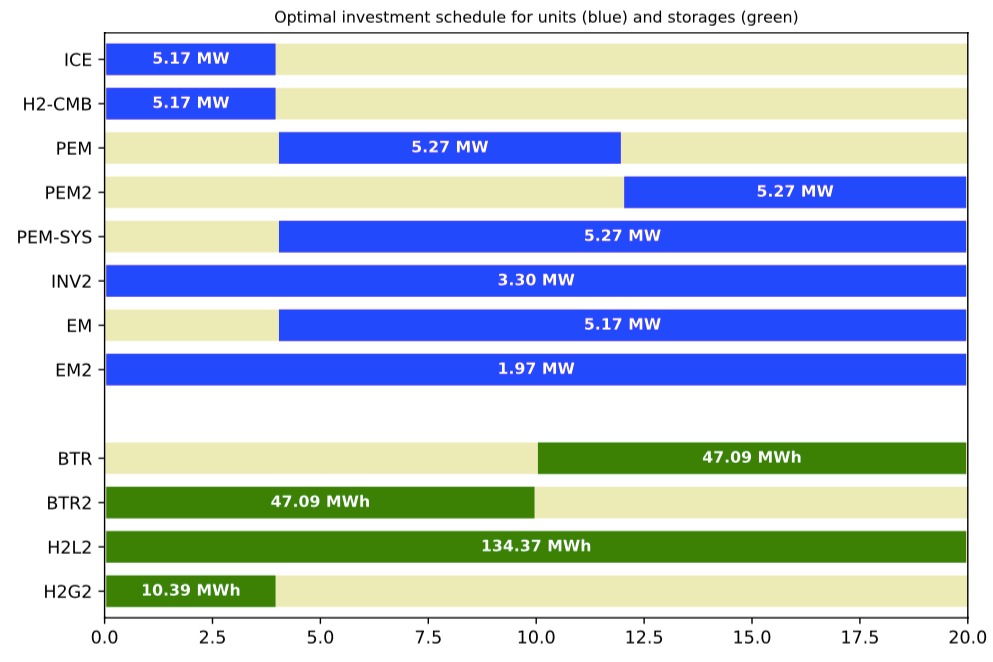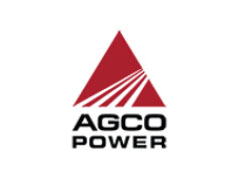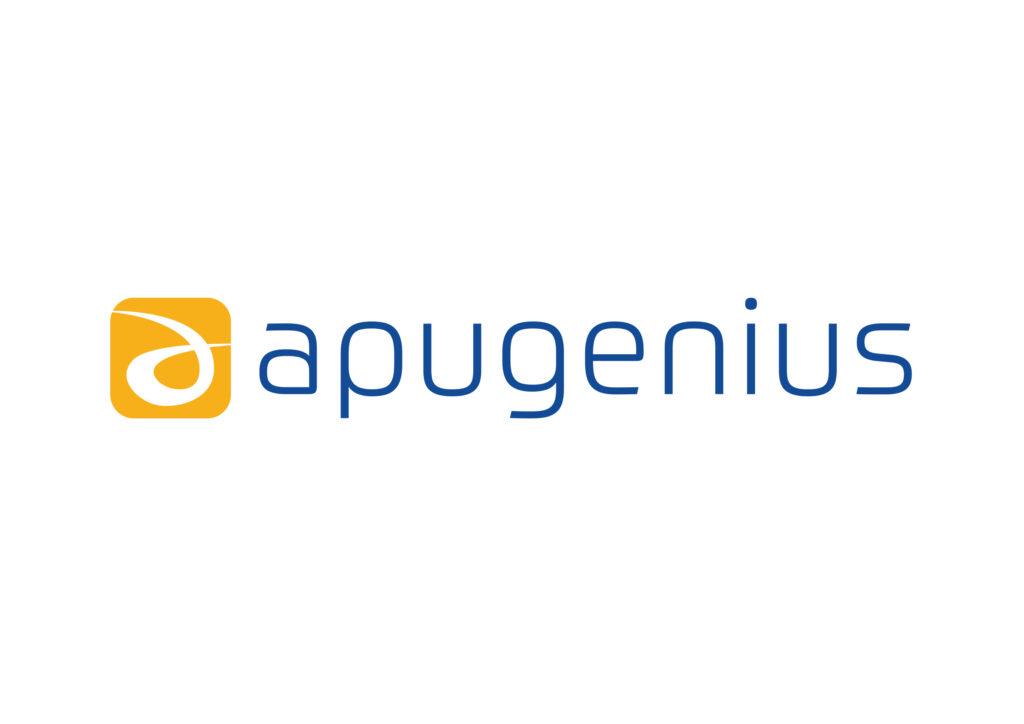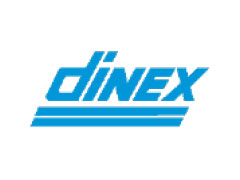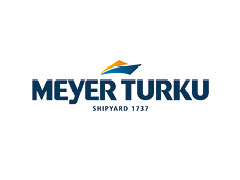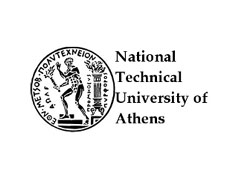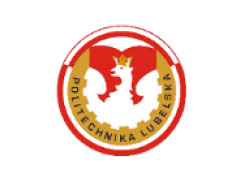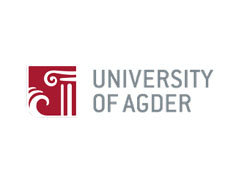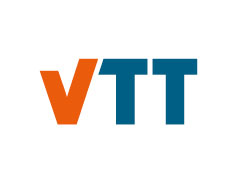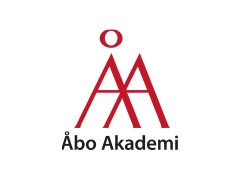The ongoing green transition in the maritime sector is promising to deliver sustainable future maritime transportation, but the transition will not come without significant cost. Ship operators and designers are faced with increasingly complex planning tasks concerning cost efficient adoption of alternative fuels, batteries and energy saving devices under uncertainty of future fuel prices, infrastructure, and technology development. A systematic approach for lifetime planning, building on top of state-of-the art industrial scheduling algorithms and mathematical modelling techniques, is proposed by researchers from Aalto University in a new paper titled Marine vessel powertrain design optimization: multiperiod modeling approach considering retrofits and adoption of alternative fuels.
The lifetime of a ship, from newbuild to decommissioning, spans two to three decades. Conventional design process assumes that the ship remains mostly unchanged during its entire lifetime. This assumption is quickly becoming invalid due to increasingly stringent emission regulations and emerging novel technologies for emission reduction. A shipowner faces decisions regarding not only elementary propulsion topology (electrical or mechanical) and fuel choice, but also implementation of major retrofits requiring extended docking periods and high capital cost during the ship’s lifetime. Decisions at any given time propagate to the future, by imposing constraints on future choices and by enabling installation of emerging technologies. The ship’s lifetime performance is mostly determined by key choices made early in the concept design when time and knowledge are most limited. The later a change is made, the more expensive it is.
In a new paper, Aalto researchers propose a systematic, mathematical optimization-based approach for lifetime planning of ship energy systems. The authors formulated a decision model that considers the newbuild design choice, retrofits and component dimensioning spanning the entire lifetime. The model takes an input a library of components, ship specifications and a forecast of fuel price and component cost long term development. The optimization algorithm identifies the cost optimal lifetime design. Solving a specific instance of the planning problem takes only a few seconds, which is a key advantage when multiple scenarios need to be evaluated quickly in time-limited early conceptual design stage. Moreover, adequate performance is attained by using entirely free modelling tools and solver codes.
In short sea shipping segment, Li-ion batteries are a feasible partial solution to emission abatement, unlike in deep sea ocean crossing shipping where the low energy density of batteries becomes prohibitive. In the paper, numerical examples aim to identify a cost optimal battery investment plan for a mechanical propulsion roll-on/roll-of ferry sailing in the Baltic Sea. The results indicate that battery systems are installed in three phases. Interestingly, the optimal investment schedule shows that the first battery module is uninstalled before its end of useful life, to make room for a larger system and take advantage of reduced cost. In this case, space limitation in the machinery space below ro-ro deck becomes the binding constraint. Batteries can contribute to propulsion only via an electric machine connected to propeller shaft. In the new building stage, the machine should be dimensioned to accommodate for future increases in share of electric power available from the grid due to larger battery systems.
More about the topic:
Ritari, A.; Huotari, J.; Tammi, K. Marine vessel powertrain design optimization: Multiperiod modeling considering retrofits and alternative fuels. Proceedings of the Institution of Mechanical Engineers Part M: Journal of Engineering for the Maritime Environment. 2023 https://doi.org/10.1177/14750902221145747.
Accepted manuscript (open access): https://acris.aalto.fi/ws/portalfiles/portal/99102514/ENG_Ritari_et_al_Marine_vessel_powertrain_design_optimization_Proceedings_of_I
